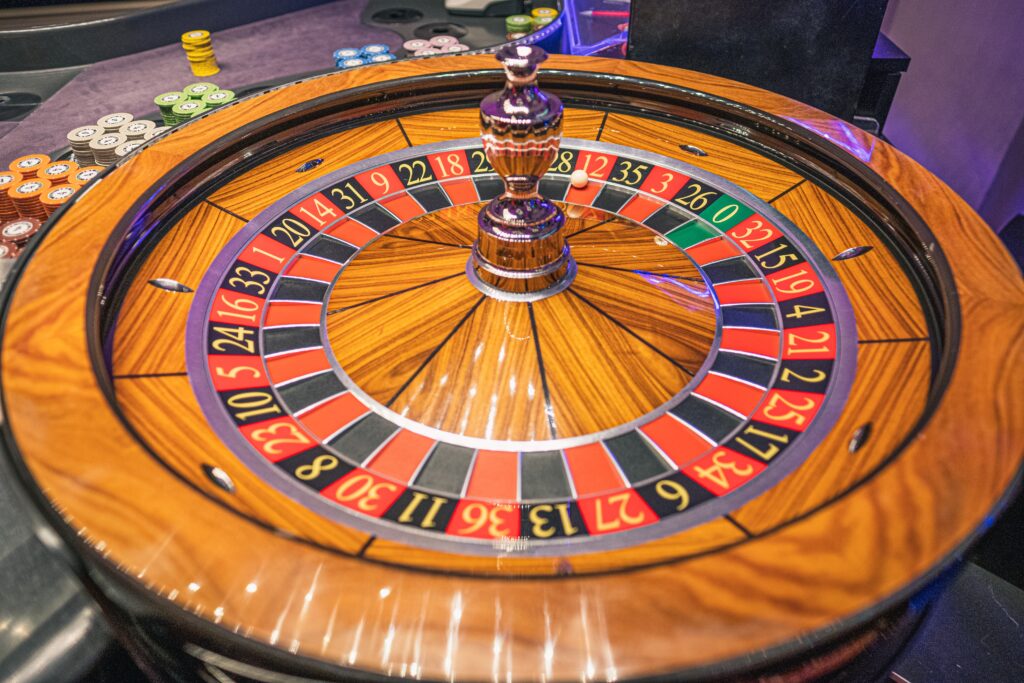
I am not much of a gambler. I may sometimes participate in Fantasy Football, but you’re unlikely to find me placing big bets in Vegas. Still, that doesn’t stop me from being interested in a Business Week article entitled The Gambler Who Beat Roulette. Kit Chellel’s article is an entertaining read combining engineering, data collection and analysis, international intrigue, training of the mind and, of course, the roulette wheel.
As Chellel writes, “Roulette is designed to be random; chaos, elegantly rendered in circular motion.”
Yet, in 2004, Niko Tosa and two colleagues surprised the Ritz Club casino in London’s West End by winning repeatedly. They racked up streaks of eight, 10, or 13 wins.
The Ritz Club sought to find out how the winners did it. After all, as Stephen Hawking once wrote about roulette, “It is practically impossible to predict the number that will come up…Otherwise, physicists would make a fortune at casinos.”
Club investigators considered tampering, hidden devices, computers, and cell phones. Ultimately, they found their answers in the lab via—you guessed it—data collection and analysis.
Engineering or training?
The Ritz determined, through its testing, that the ball will always fall randomly on a perfect wheel. But the wheels lose their perfection over time. As the article states, “Over time, wheels develop flaws, which turn into patterns. A wheel that’s even marginally tilted could develop what is called a ‘drop zone.’”
This drop zone “is the Achilles’ heel of roulette. That morsel of predictability is enough to overcome the random skidding and bouncing that happens after the drop.”
Investigators also determined the flooring made a difference too. If there was a gap between the solid concrete base and the carpeted playing surface, the floor could flex ever so slightly. This could also cause enough of a tilt to serve predictors.
Tosa, meanwhile, credits the winning streaks to training of the mind. Similar to my yoga and meditation, which are known as practices, he and his colleagues played enough to get better at the game.
The Business Week article cites lifelong player Mark Billings agreeing that’s possible. “It’s like an athlete,” he said, “At some point all this stuff comes together. You look at the wheel. You just know.” Casinos call it “cerebral clocking.”
Changing the game
Of course, whatever it’s called or however it’s done, the casinos don’t like it. So, they wrote fresh specifications (yes, always a good engineering practice) to combat these practices. Roulette wheels now have laser sensors and built-in inclinometers to detect even a micron of tilt.
Obviously, P&ID is not in the roulette business. Yet, I appreciated the process problem in this intriguing tale. The investigators had to ask questions and think critically about a process problem.
That’s what P&ID is all about. Applying engineering best practices as well as testing, data collection, and analysis to your process problems. Let’s have a conversation. My contact information is on every page of my website. It would be great to hear from you. I look forward to that call or maybe meeting in Las Vegas at the next convention.

